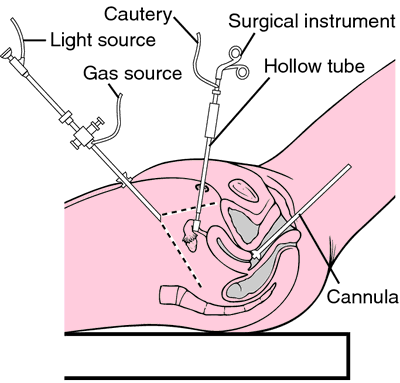 Alliance/Fotolia
Alliance/Fotolia
Bleeding every month can be hard enough for some women, especially those with premenstrual syndrome or a heavy flow that requires a tampon, pad, and back-up pants “just in-case.” But to throw in cramps on top of everything is just wrong.
There are a wide range of the types of cramps, also known as dysmenorrhea, experienced by women from mild twinges to full blown contraction-like spasms needing serious pain medication. While many do not require any intervention, it is nice to know that with up to 90 percent of women experiencing some type of pain [2], there are a variety of natural options available.
It is important to note that those who suffer with severe or increasingly worsening pain should see their health care provider for further workup.
1) Epsom salt baths
The uterus is a muscle, and like any muscle creating cramps, relaxation is the name of the game! Warm water is well known to be a general muscle relaxer as anyone who has taken a bath or sat in a hot tub can attest to.
However, with the addition of Epsom salts (a form of magnesium) to the water, further relief can be had. Magnesium is both a muscle relaxer, anti-inflammatory and helps block pain receptors. Combine the two and it is a recipe for uterine happiness.
2) Take magnesium orally or apply magnesium topically
Magnesium, known for its muscle relaxant anti-inflammatory and pain-blocking properties.
When taken orally in the days leading up to menses, or if applied topically right on the belly, it may help improve symptoms dramatically. Be aware that oral magnesium can cause looser stools, so be careful with the dose.
3) Try ginger
This warming herb has been used for centuries for its many healing properties as an anti-inflammatory and a pain reliever. Consider taking ginger capsules, eating more ginger, or drinking ginger tea in the days that typically lead up to menstrual cramps.
4) Cut out the junk
Foods that worsen inflammation include alcohol, sugar, fried foods, fast foods, processed foods and caffeine. Focus a few months on fresh healthy fruits, vegetables, proteins, and nuts and seeds, and good fats like avocado and coconut oil. cut out the alcohol and reduce or eliminate caffeine and see if it makes a difference.
5) Increase fish oil consumption
Whether taken in a good quality capsule or through a healthy diet, increasing the omega-3-fatty acids found in certain fish has been researched to help reduce cramps. Omega-3s are known to be anti-inflammatory, which can be particularly helpful in easing uterine spasms.
Be aware that at high doses fish oil can blood thinning. Therefore those women who are about to undergo surgery, or who are advised against blood thinning agents, should talk with their health care providers.
There are certain conditions such as endometriosis and adenomyosis that are known to cause more severe pain that may require more serious interventions.
In addition, the copper IUD is traditionally associated with worse menstrual cramps. However, many women find these improve over time, as the body becomes used to the IUD in the uterus.
Reviewed June 15, 2016
by Michele Blacksberg RN
Edited by Jody Smith
1) Chen C, Barrett B, and Kwekkeboom K. (2016). Efficacy of Oral Ginger (Zingiber officinale) for Dysmenorrhea: A systematic Review and Meta-analysis.Retrieved on June 15.
http://www.ncbi.nlm.nih.gov/pmc/articles/PMC4871956
2) Coco, A. (1999). Primary Dysmenorrhea. Retrieved on June 14, 2016.
http://www.aafp.org/afp/1999/0801/p489.html
3) Demiroglu M, Un C, Hatice Omek D, Kici O, Erdem Yildirim A, Horasanli E, Baskan S, Fikir E, Gamli M, and Dikmen B. (2016). The Effect of Systemic and Regional Use of Magnesium Sulfate on Postoperative Tramadol Consumption in Lumbar Disc Surgery. Retrieved on June 14, 2016.
http://www.ncbi.nlm.nih.gov/pmc/articles/PMC4749769
4) Rahbar N, Asgharzadeh N, Ghorbani R. (2012). Effect of omega-3 fatty acids on intensity of primary dysmenorrhea. Retrieved on June 15, 2016.
http://www.ncbi.nlm.nih.gov/pubmed/22261128





Add a CommentComments
There are no comments yet. Be the first one and get the conversation started!